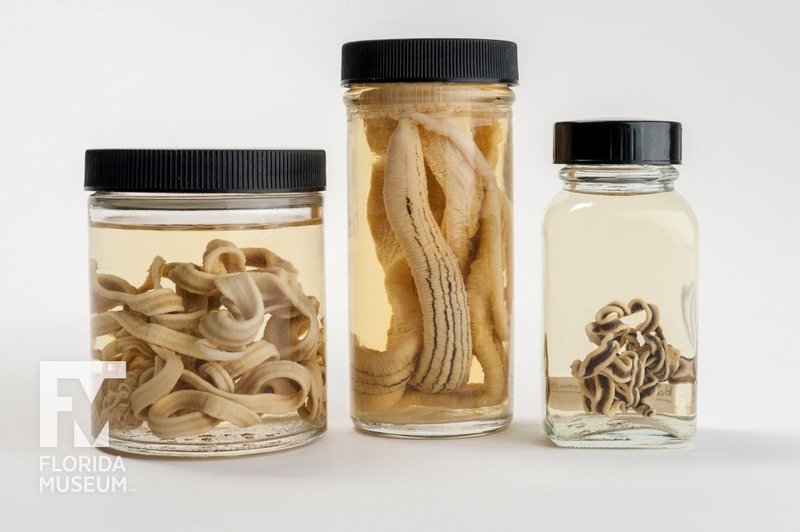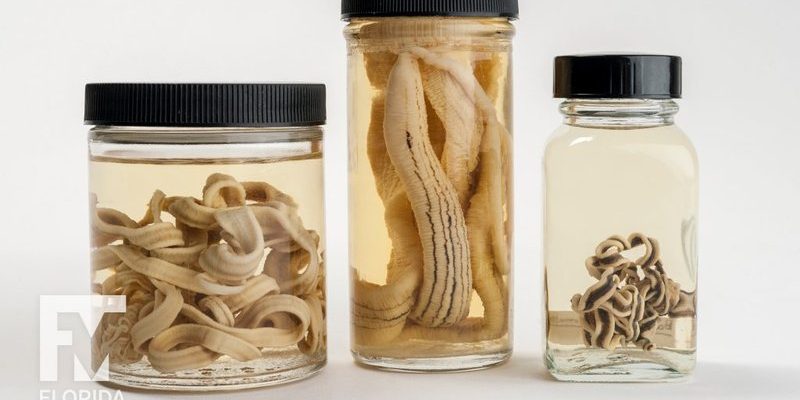
Ribbon worms can be found in marine and freshwater ecosystems worldwide. While they may not be the most glamorous critters, their mucus trails tell an intriguing story about locomotion and adaptation. So, let’s dive deeper into how these fascinating creatures use their mucus to move, survive, and thrive in their watery habitats.
What Are Ribbon Worms?
Ribbon worms, or *Nemertea*, are a group of soft-bodied invertebrates that can stretch up to a meter long or more. They often have a long, flat body that resembles a ribbon, which is how they got their name. Their bodies are soft and flexible, allowing them to navigate through sand, mud, and among rocks with ease.
You might wonder what makes ribbon worms special. Besides their incredible length and unique body shape, they have a fascinating feeding mechanism. Many species possess a long, retractable proboscis that they use to catch prey, like small fish and crustaceans. This feeding style, combined with their mucus trails, makes ribbon worms a remarkable part of their ecosystems.
Understanding Mucus Trails
Mucus trails in ribbon worms are produced by specialized cells in their bodies. This slime is not just any old goo; it’s a carefully crafted substance that helps with locomotion, protection, and even hunting. When ribbon worms move, they secrete mucus to create a slippery path that provides several advantages.
For one, **mucus trails reduce friction**. Imagine trying to slide on a dry surface—it’s tough! But if you add some water or slime, it becomes much easier to glide. Mucus allows ribbon worms to move smoothly over surfaces, helping them conserve energy as they travel.
Moreover, these trails have a unique texture that helps ribbon worms anchor themselves to surfaces. When they need to hold still, they can cling to rocks or sand, waiting patiently for their next meal. This is especially handy when they encounter currents in the water or when they’re hiding from predators.
The Role of Mucus in Locomotion
So, how exactly do ribbon worms use their mucus for locomotion? It all comes down to a combination of secretions and muscle movements. As they move forward, they alternately push and pull their bodies, aided by the mucus trail beneath them.
Let me explain this a bit more. When a ribbon worm wants to move, it first glides its head forward while simultaneously secreting mucus. This creates a slippery surface that makes it easier for the rest of its body to follow. By pushing off against the ground, they can smoothly transition to the next segment of their journey.
This method of movement is highly effective. It not only allows them to explore their environment but also helps them escape predators. A swift, slimy retreat can be just what they need to avoid becoming a meal.
Mucus as a Protection Mechanism
Beyond aiding in movement, mucus trails provide essential protection for ribbon worms. The slime acts as a barrier against predators, making it harder for other animals to grab them. Some fish and crustaceans might think twice before taking a bite of a creature wrapped in goo!
The mucus also contains chemicals that can deter potential threats. Some ribbon worm species produce toxic substances within their mucus, making them even less appealing to predators. This clever use of slime gives them an evolutionary advantage in the wild.
In a way, it’s like wearing armor without the bulk. Ribbon worms can move quickly and stealthily, slipping through crevices or hiding in sand, all while their protective slime does its job.
How Mucus Affects Their Environment
You might be surprised to learn that ribbon worms also influence their surroundings through their mucus. As they create trails in the mud or sand, they help aerate the substrate, allowing water and nutrients to penetrate deeper. This can benefit other organisms living in the same habitat, making it a win-win situation.
Moreover, the organic materials in their mucus can contribute to the nutrient cycle within their ecosystem. As the mucus breaks down, it releases essential compounds that nourish the environment, supporting the growth of microbes and plants.
In this way, ribbon worms play a vital role in their ecosystems, even if they often go unnoticed. Their slime contributes to the health of their surroundings, illustrating the interconnectedness of life in aquatic habitats.
Learning from Ribbon Worms
So, what can we take away from the story of ribbon worms and their mucus trails? For one, it’s a reminder of how nature is full of innovative solutions. Ribbon worms have adapted remarkably well to their environments through simple yet effective means, and we can certainly learn from their engineering.
Understanding these creatures helps us appreciate the complexities of ecosystems. Every organism, no matter how small or slimy, plays a role in maintaining balance. Just like ribbon worms make use of their mucus for locomotion and protection, we too can find ways to adapt and thrive in our own environments.
In the end, it’s fascinating to think about how something as simple as a thin trail of mucus can uncover so much about the lives of these unique creatures. Each slimy path tells a story of survival, ingenuity, and interdependence in the grand tapestry of nature.
Whether you’re a fan of marine biology or just curious about the world around you, ribbon worms and their mucus trails offer a peek into the incredible adaptations that exist in nature.

